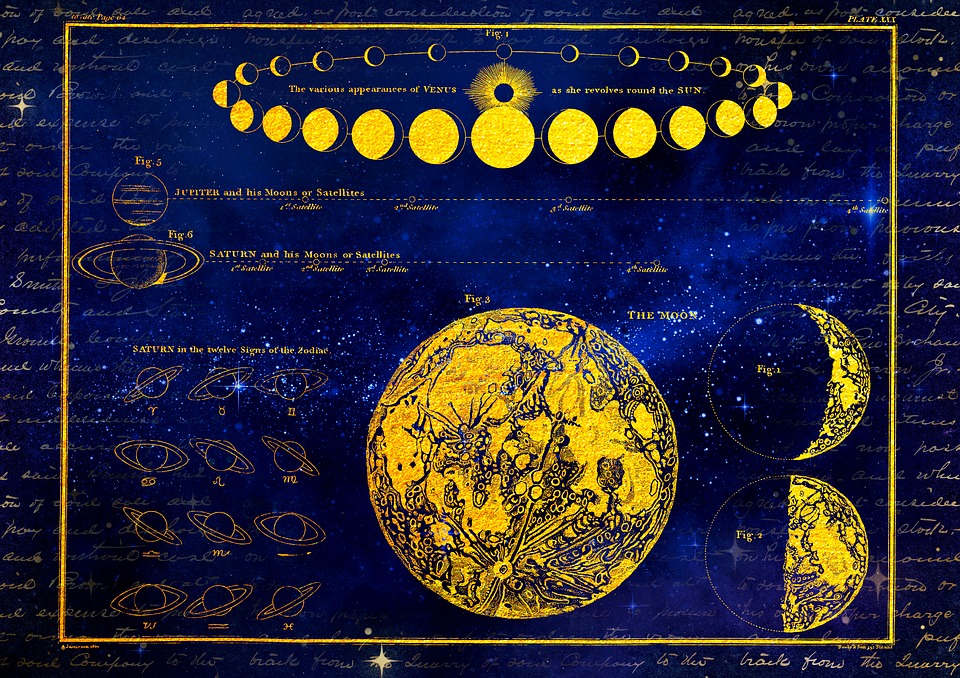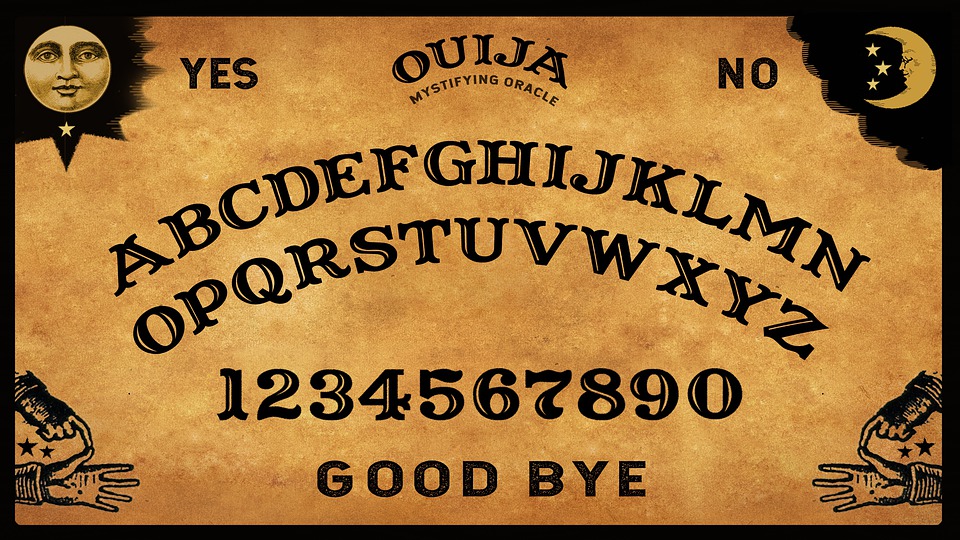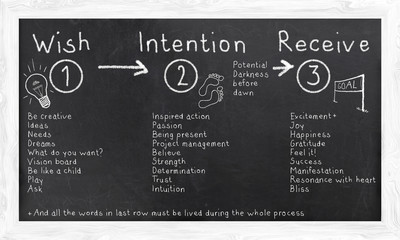Scientific cosmogony is the study of the origins and evolution of the universe based on scientific theories and observations. It seeks to understand the processes that have shaped the universe since its inception, including the formation of galaxies, stars, and planets. Scientific cosmogony is a field that has evolved over time as new observations and discoveries have been made, and it is an essential aspect of modern astrophysics and astronomy.
One of the fundamental concepts in scientific cosmogony is the Big Bang theory. The Big Bang theory proposes that the universe began as a hot, dense, and infinitely small point known as a singularity. This singularity then rapidly expanded in a massive explosion, creating space and time as we know it. The Big Bang theory is supported by various observations, including the cosmic microwave background radiation, the abundance of light elements, and the large-scale structure of the universe.
Another key concept in scientific cosmogony is the formation of galaxies. Galaxies are vast collections of stars, gas, and dust held together by gravity. The current understanding is that galaxies formed from tiny density fluctuations in the early universe that grew over time due to gravity. The precise details of how these fluctuations grew into the galaxies we observe today are still a subject of research.
Stars are also essential to the study of scientific cosmogony. Stars form from clouds of gas and dust, and their formation is heavily influenced by the properties of the galaxy they reside in. The process of star formation is complex and depends on the interplay between gravity, gas pressure, and magnetic fields. Understanding the process of star formation is critical because stars play a crucial role in the evolution of galaxies, and they are the primary source of energy in the universe.
Planetary formation is another area of interest in scientific cosmogony. Planets are believed to form from the leftover material that did not go into forming a star. The current understanding is that planets form through the process of accretion, where small dust particles stick together to form larger and larger bodies. Over time, these bodies can grow into planets, and in some cases, they may even develop an atmosphere and other geological features.
In conclusion, scientific cosmogony is a fascinating and ever-evolving field that seeks to understand the origins and evolution of the universe. It is a multidisciplinary field that draws on concepts from physics, astronomy, and geology, among others. The Big Bang theory, the formation of galaxies, stars, and planets are all essential areas of study in scientific cosmogony. As our understanding of the universe continues to grow, so too will our knowledge of the processes that have shaped it.






